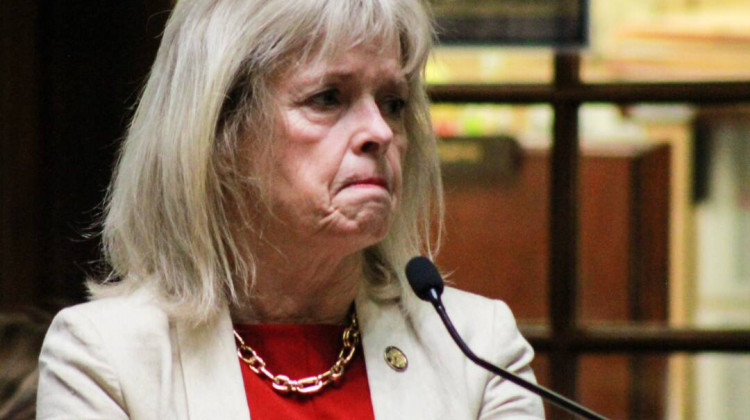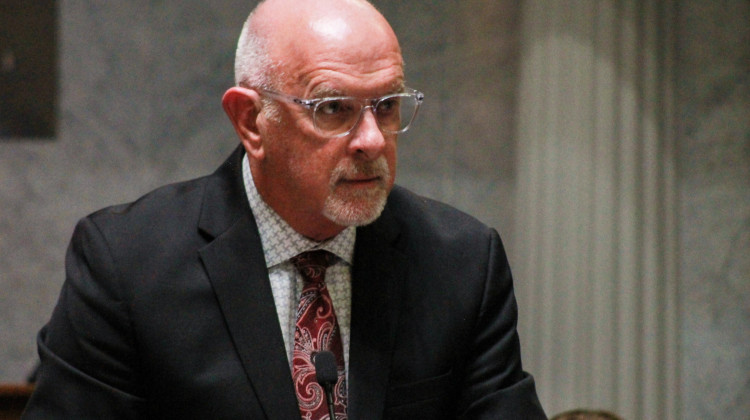Indiana has lost more than 260 acres of wetlands since lawmakers removed protections for most of them in 2021. That’s bigger than the Indiana State Fairgrounds.
Among other things, wetlands provide habitat for wildlife, reduce flooding, improve the water quality and store carbon emissions.
The 2021 law, SEA 389, removed protections for a whole class of small wetlands and nixed protections for another class of wetlands the state considers somewhat rare or ecologically important.
Since that time, wetland advocates say the Indiana Department of Environmental Management has issued permits to build on nearly 350 acres of wetlands in the state — and only a quarter of those acres will have to be rebuilt elsewhere.
Those lost wetlands could store up to about 390 million gallons of water — which means those areas will now be more susceptible to flooding.
Indra Frank is with the Hoosier Environmental Council, which helped compile the report along with 13 other conservation groups.
“So our flood response teams, our hazard mitigation teams. The stormwater managers in our cities and counties are all going to have to pick up the loss of that water storage," she said.
That could lead to higher water bills for residents.
Join the conversation and sign up for the Indiana Two-Way. Text "Indiana" to 73224. Your comments and questions in response to our weekly text help us find the answers you need on statewide issues, including this series on climate change and solutions.
Frank said IDEM's data doesn’t show where each wetland loss occurred, but there are some clues based on the state Department of Natural Resources’ program to replace wetlands.
“It appears that wetland loss is happening fastest in central Indiana in the upper White River watershed," she said.
That shouldn't come as a surprise. Counties in Indianapolis’s metro area have experienced the fastest growth in the state in recent years — which means more homes, buildings and roads are being built.
This week the Environmental Protection Agency removed significant federal protections for wetlands in the country as the result of a U.S. Supreme Court ruling. Without state protections to fill in the gap, it’s likely Indiana will lose even more wetlands in the future.
READ MORE: U.S. Supreme Court removes more protections for Indiana wetlands
Last year, a state task force recommended Indiana have a separate state law to regulate wetlands that isn’t bound to federal rules.
IDEM declined an interview and pointed to the recommendations of the state task force.
Rebecca is our energy and environment reporter. Contact her at rthiele@iu.edu or follow her on Twitter at @beckythiele.
9(MDAyMzk1MzA4MDE2MjY3OTY1MjM5ZDJjYQ000))
 DONATE
DONATE







 Support WFYI. We can't do it without you.
Support WFYI. We can't do it without you.